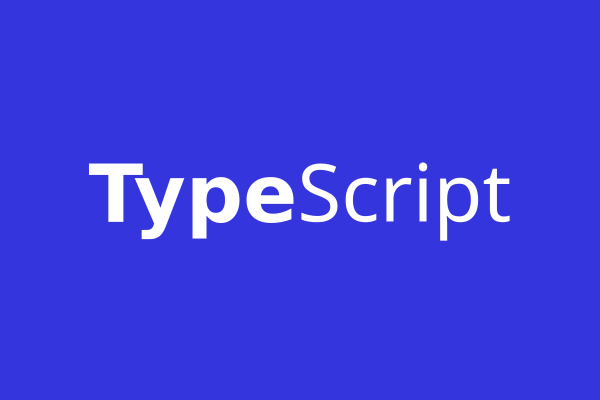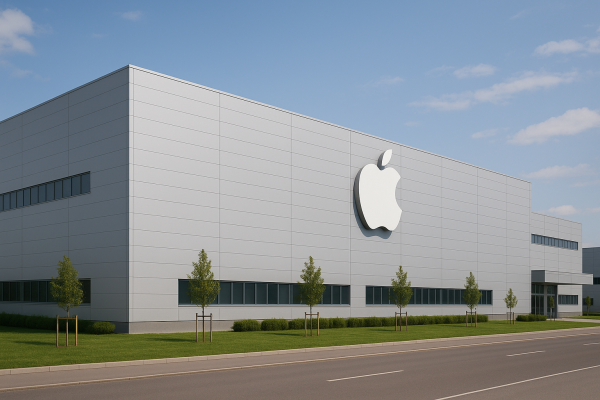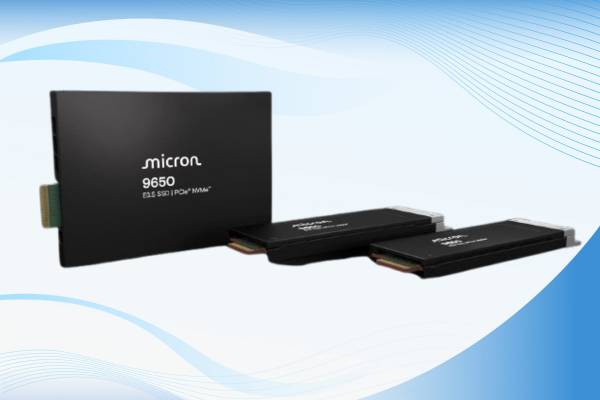In a recent speech, Jensen Huang (CEO of NVIDIA) divided the evolution of artificial intelligence into several phases and called the current phase the era of Agentic AI. Although he mainly focused on the next phase of the physical AI era, we should not forget that the Agentic AI era also started only this year, so its fully developed form has not yet been seen. The recent announcement by Google of the open source Agent2Agent protocol gives us a hint of what this more advanced form might look like. The protocol is designed to bridge the gap between AI agents created on different platforms, frameworks, and by various vendors, enabling smooth communication and collaboration.
At the recent Google Cloud Next conference, the A2A protocol was presented as a complement to Anthropic’s MCP. While the MCP aims to solve integration problems between large language models (LLMs) and their associated tools, the A2A protocol focuses on creating a communication channel between fully autonomous agents. Together, these two approaches allow developers to benefit from both device and agent integration, which can increase the efficiency of AI-based solutions in the long run.
The A2A protocol aims to create a standardized communication layer that enables AI agents to exchange structured data in any system environment without being tied to one vendor. It is based on common Internet standards such as HTTP and JSON, and on communication methods like JSON-RPC, which standardize the handling of requests and responses.
The protocol defines three types of actors:
-
Remote Agents: These agents function as “black boxes” for each other, communicating through an A2A server.
-
Clients: These are entities that request the assistance of remote agents by initiating tasks.
-
Users: These can be either human users or services that wish to perform complex tasks with the help of the agents.
The A2A specification emphasizes the concept of a task: a task created by a client must be processed by a remote agent, with all information exchanged in a structured format (primarily JSON).
The operating model of the A2A protocol is based on a traditional client-server architecture but is innovative because it allows autonomous communication between agents. The key components are:
-
Agent Map: A metadata file (for example, located at
/.well-known/agent.json) that contains the agents’ capabilities, endpoints, and authentication requirements. -
A2A Server: This component receives incoming requests, executes tasks, and handles long-running operations such as generating pending reports.
-
A2A Client: This component is responsible for finding agents, preparing communication requests, and processing responses.
During communication, clients send requests using the JSON-RPC protocol, while the server maintains a continuous asynchronous data flow by invoking the agent's logic using Server-Sent Events (SSE).
Google’s new protocol is promising, especially because it is open source. This approach could soon replace the proprietary solutions developed by various vendors. Alternatively, if it does not become widely adopted, it may still inspire the development of the necessary solution. In software development, there is always a trend toward standardization, which typically allows application developers to focus on their own business logic rather than on implementing communication protocols. The open source model generally encourages developer communities, who will likely add new innovative tools to the protocol or build additional solutions around it.
There is still plenty of work to be done. For example, different authentication mechanisms may be needed when accessing non-public agents, and there will be a need to track tasks, especially given that asynchronous communication involves unpredictable elements. Even operating software that connects a complex network of traditional systems poses serious challenges and requires a dedicated team of specialists. Imagine a future where networks of artificial intelligence agents not only solve unprecedented problems but also create new challenges for professionals.




























